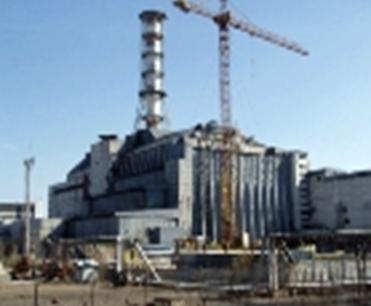TEXT2. THE FUTURE OF ATOMIC ENERGY
The disaster at the Chernobyl atomic power station in 1986 was a major factor behind a drive to reject the use of nuclear energy for public needs. However, the economic depression in the early nineties made it impossible to effect structural changes in the energy sector; atomic plants maintained their 11 to 12 percent share in the country's energy complex.
Normally it takes 10 to 12 years to build an atomic plant (AP). In 1990 there was a general trend to terminate AP projects and freeze construction sites: the former Soviet Union closed 15 sites and terminated development projects for four APs.

There was much danger behind further progress of the atomic energy sector not because of technology but due to chaos in the economy.
After a break of several years Russia's atomic sector emerged intact and safer since many old reactors were put out of commission. Higher energy prices stimulated energy conservation and created the means to finance research and remodeling.
Exports of AP equipment to Finland, Iran and China brought additional revenues to research centers which developed a new generation of reactors.
The most dangerous APs in environmental terms are in the Petersburg, Kursk and Smolensk regions. Three more such stations lie close to Russia's western borders.
In general an average Russian AP has poor geographical characteristics. APs are generally located in heavily populated areas, on big rivers or near game preserve areas.
In the 21st century plants will be concentrated mainly in the North and Far East. They are supposed to be safer but will continue to wrestle with the problem of nuclear waste disposal. The long-term view for this sector suggests that Russia will have to control the disposed waste for centuries and may eventually prefer alternative power sources.
Ex.1. Answer the following questions:
- How long does it take to build an atomic plant?
- What happened to atomic plants in 1990?
- What are the most dangerous atomic plants in Russia?
- What geographical characteristics has an average Russian AP?
- The situation with atomic plants won’t change in Russia in the 21th century, will it?
Ex.2. Give Russian equivalents for the following:
Disaster; a drive to reject the use of nuclear energy; economic depression; an atomic plant; to freeze construction sites; due to chaos in the economy; energy conservation; heavily populated areas; to wrestle; nuclear waste disposal; alternative power sources.